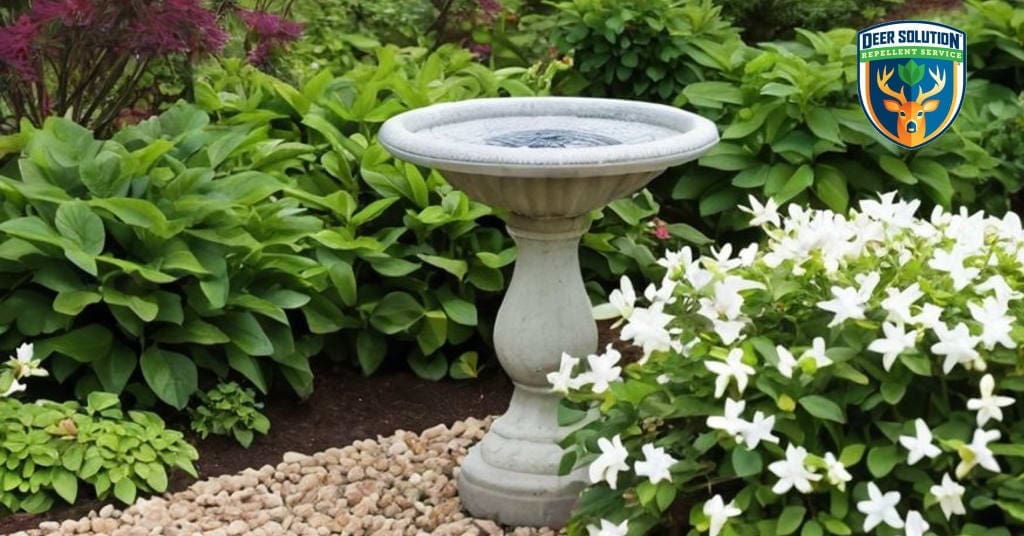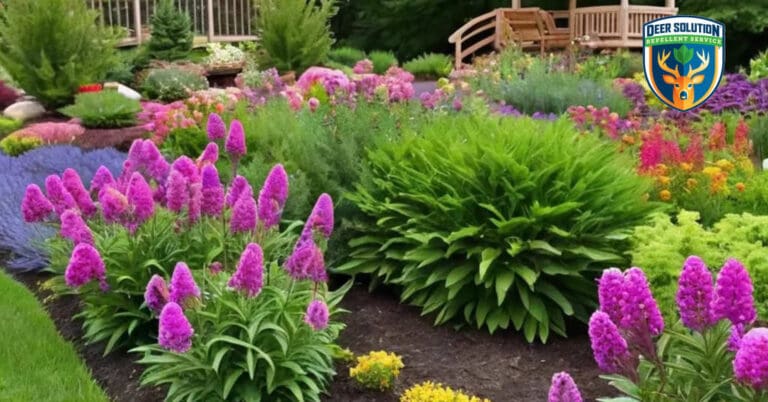When planning a garden, one common question that arises is, do deer eat Maiden Pinks? Understanding deer dietary preferences is crucial for gardeners aiming to protect their beloved plants. While deer are known for their varied diet, Maiden Pinks (Dianthus deltoides) often find themselves on the menu. This article explores deer behavior and offers eco-friendly solutions to safeguard your garden.
Understanding Deer Behavior
Deer are opportunistic feeders, meaning they will eat a wide variety of plants depending on availability and nutritional needs. Maiden Pinks, with their delicate flowers and appealing scent, can attract deer, especially during times when other food sources are scarce. Recognizing this behavior helps in devising strategies to deter them. Deer are particularly drawn to plants that are tender and have high water content, making Maiden Pinks a tempting target. Additionally, seasonal changes can influence deer feeding patterns, with harsher winters driving them to consume plants they might otherwise avoid.
Seasonal Care and Growth Patterns of Maiden Pinks
Maiden Pinks thrive in well-drained soil and are known for their resilience, particularly in cooler climates. They typically bloom in late spring to early summer, producing vibrant pink flowers. Gardeners should pay attention to seasonal care to ensure their plants remain healthy and vibrant throughout the year. In the fall, pruning back spent flowers encourages new growth, while adding a light layer of mulch helps protect the roots during colder months. Regular deadheading during the blooming season can also enhance flowering, ensuring that Maiden Pinks maintain their beauty throughout the growing season.
Maiden Pinks are relatively low-maintenance, but they benefit from a sunny location and moderate watering. Overwatering should be avoided, as these plants are drought-tolerant once established. By providing proper care and attention, gardeners can help Maiden Pinks reach their full potential, reducing the chances of stress that may make them more appealing to deer.
Eco-Friendly Strategies to Deter Deer
Implementing eco-friendly methods to protect your garden aligns with sustainable practices and ensures the safety of your family, pets, and the environment. Here are some effective strategies:
- Plant Selection: Incorporate deer-resistant plants alongside Maiden Pinks. Plants like lavender, marigolds, and yarrow can deter deer due to their strong scents and textures. Additionally, consider planting herbs such as rosemary and sage, which are also known to repel deer. The strategic placement of these plants can create a natural barrier that discourages deer from venturing further into your garden.
- Repellent Sprays: Applying eco-friendly repellent sprays can make your garden less appealing to deer. These sprays often contain natural ingredients that deer find unpalatable. Ingredients such as garlic, hot pepper, and egg solids are commonly used in these repellents. Regular application, especially after rain, ensures that the deterrent effect remains strong. Additionally, rotating different types of repellents can prevent deer from becoming accustomed to a single scent.
Why Choose Professional Services?
Opting for a professional service like Deer Solution provides several advantages:
- Expertise: Certified deer damage experts possess in-depth knowledge of deer behavior and effective deterrent techniques. Their experience allows them to quickly identify signs of deer activity and implement appropriate measures to mitigate damage.
- Customized Plans: Each property receives a tailored protection plan, ensuring optimal coverage and effectiveness. These plans take into account factors such as the size of your garden, the types of plants you have, and the local deer population. This personalized approach maximizes the effectiveness of the deterrent methods used.
- Eco-Friendly Solutions: The use of all-natural repellents aligns with sustainable practices, ensuring safety for families, pets, and the environment. These solutions are designed to be non-toxic and biodegradable, minimizing their impact on the ecosystem. Additionally, professional services often stay updated on the latest advancements in eco-friendly repellents, ensuring that your garden benefits from the most effective and sustainable products available.
- Consistency: Regular monthly applications maintain a consistent deterrent effect, reducing the likelihood of deer damage over time. This consistency is crucial, as it prevents deer from establishing feeding patterns in your garden. Professional services also provide ongoing support and adjustments to the repellent strategy as needed, ensuring that your garden remains protected year-round.
Partnering with Deer Solution for Garden
While addressing deer-related landscape challenges can seem daunting, Deer Solution offers a specialized approach grounded in our eco-friendly ethos and decades of expertise. By understanding deer behavior and implementing eco-friendly deterrent strategies, you can protect your Maiden Pinks and other cherished plants. Exploring sustainable solutions leads us to consider how professional services, like those offered by Deer Solution, provide tailored support for maintaining the health and beauty of your landscape. With the right strategies and support, you can enjoy a thriving garden free from the threat of deer damage.












